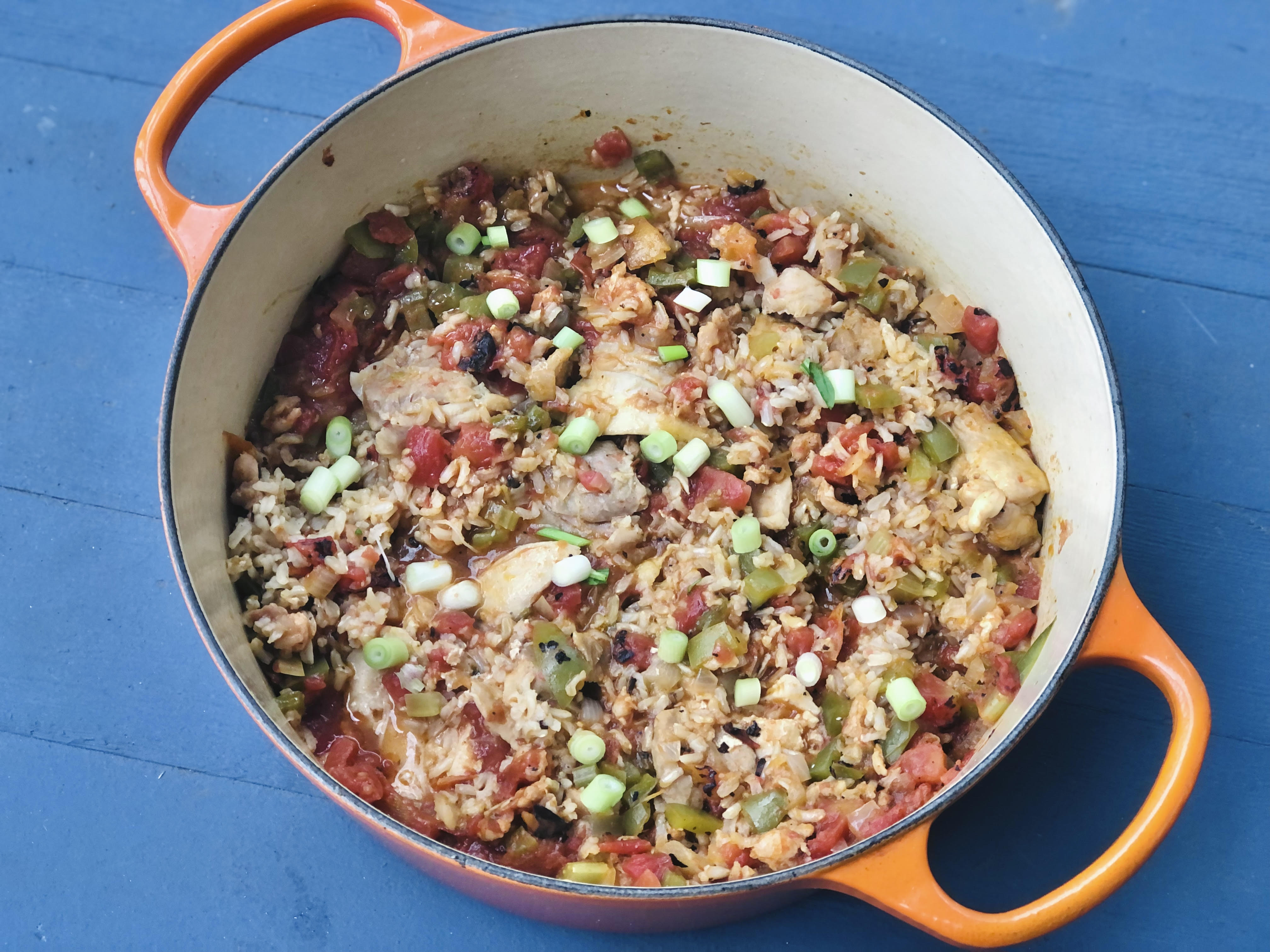Share This
The American South is a culinary region home to big flavors, long tables, and warm hearts. The roots of early Southern foods came from Africa, Southern plantation houses, enslaved peoples’ private gardens, and foraging in the wild. Whether you look to Louisiana’s Creole cooking or Low Country and Gullah cuisine, there is one food group that is a staple at every Southern table… grains!
Prior to the industrial milling of the late 1800’s, many of the grains eaten in the South were eaten their whole grain form, providing more nutrition and sustenance to early Americans. Today, hearty whole grains fit right in to the homestyle country cooking that has become so popular in the region today. Below are a few whole grains that are right at home in Southern kitchens.
Corn
Corn is native to the Americas, so it’s no surprise that corn is a staple of Southern cuisine, used in everything from grits to cornbread. Traditionally, grits are made with white cornmeal while Italian polenta is made with yellow cornmeal. In practice, they are fairly interchangeable, meaning that you can enjoy homestyle whole grain grits with whatever color corn you have access to. To be sure you’re getting a whole grain, avoid labels that say “degerminated” and look for the words “whole corn” or the Whole Grain Stamp. Use whole grain cornmeal to make a warm bowl of grits, whole grain corn muffins, or jalapeño corn fish patties.
Sorghum
The “sorghum belt” begins down in Texas and spans all the way up to South Dakota. While sorghum has played an important role as a feed crop and as a sweetener, more and more chefs are giving this ancient grain a well-deserved place at the table. A warm sorghum salad with apples and raisins tastes delicious accompanying a homestyle roast chicken, while sorghum can also be used in place of rice in a jambalaya inspired dish. For the Southern hosts and hostesses who like to offer dessert, molasses sorghum cookies are sure to be a family favorite. When buying sorghum, be sure to look for the words “whole sorghum” or “whole grain sorghum” or the Whole Grain Stamp, rather than buying “pearled sorghum.”
Rice
Enslaved Africans brought ancestral knowledge of rice cultivation to the Southeastern United States, forever changing the trajectory of American cuisine. Today, much of the U.S. rice is still grown in the South, including the Gulf Coast and the Mississippi Delta. Brown rice comes in many different varieties and forms – long grain, medium grain, short grain, instant, quick cooking, frozen – all of which are whole grain. Brown rice can be enjoyed in a number of southern dishes, from Jambalaya to Gumbo to Rice Pudding.
Whole wheat
Wheat is grown all across the U.S., including in the southern states. Many Southern recipes for breads, pies, baked goods, and even biscuits can easily be adapted to include whole wheat flour. For whole grain beginners, white whole wheat (which has a milder color and flavor) or sprouted whole wheat flour (which has a subtle sweetness) is a great place to start. Practice your own Southern hospitality by whipping up a batch of whole wheat banana muffins or adorning your holiday table with a homemade pumpkin pie on whole wheat crust.
The next time you want a taste of the American South, start with one of these whole grains. Whole grains offer more flavor and more nutrition, capturing the abundant spirit of Southern culinary traditions. If you have a favorite Southern-inspired whole grain recipe, please share in the comments! (Kelly)
To have our Oldways Whole Grains Council blog posts (and more whole grain bonus content!) delivered to your inbox, sign up for our monthly email newsletter, called Just Ask for Whole Grains.


Comments
Add a Comment